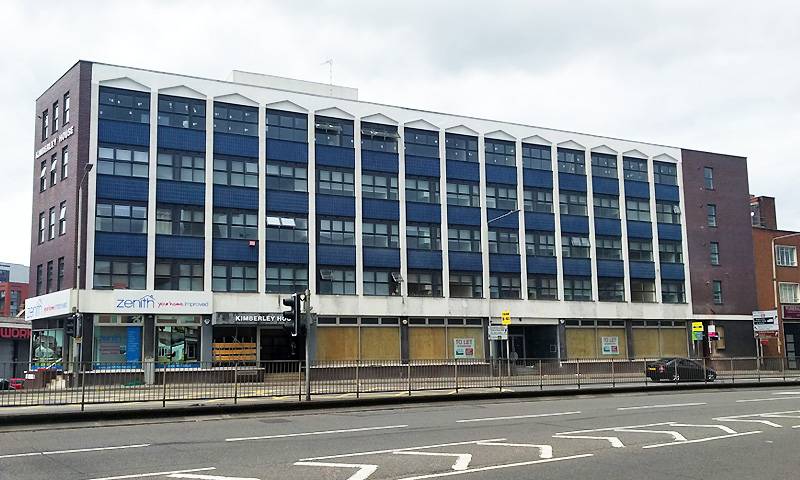Dr Ben Clifford's report for the RICS reveals the true face of the offices-to-resi boom: poor-quality housing

Under permitted development rights (PDRs), offices can be converted into homes without planning permission – and therefore with no scrutiny of design, quality or space standards, and without developers making any contributions to local infrastructure or affordable housing. The policy was introduced by the coalition government in 2013 and approximately 60,000 residential units have since been created, says Dr Ben Clifford, Associate Professor in Spatial Planning and Government at The Bartlett, who led the project.
“That’s a large quantum of places where people are living, and it undermines in multiple ways the creation of sustainable communities. You leave a legacy of poor-quality housing and its effects on people’s health and wellbeing.”
Clifford and Bartlett colleagues Jessica Ferm, Nicola Livingstone and Patricia Canelas began their research in 2017, when the impact of four years of deregulation was increasingly discussed but little had been published beyond desk-based studies. Over the course of a year, they made 568 site visits across five English cities plus two comparators, surveying projects and their surroundings, counting door buzzers and speaking to residents. They crunched the numbers to assess the financial implications for local authorities, sent questionnaires to occupants and conducted detailed interviews with a range of stakeholders.
Clifford says that they were shocked by what they found: “What stood out for us was the quality of residential development. It was much poorer than we anticipated and affected people much more severely in terms of their quality of life.” Some shabby commercial premises had barely been converted at all – one of the many grim photos in the report shows a tiny unit fronting onto a busy main road with personal possessions piled against the windows. Only 30% of conversions met national space standards, and few had access to amenity space. Overall, 77% of the homes were studio or one-bed apartments and many were aimed at the investment market – hardly reflecting or meeting housing need. The five local authorities – Camden, Croydon, Reading, Leeds and Leicester – had lost a potential £10.8m in Section 106 contributions and 1,667 affordable homes, as well as £4.1m in planning fees.
They also produced evidence that deregulation is not the only way to increase housing supply, studying Glasgow, where full planning permission is required, and Rotterdam, where the Dutch government took a more proactive steering role. In both cases, similar numbers of conversions were carried out during the same period, but to a much higher standard. The team concluded that PDRs have been a fiscal giveaway from the state to private real-estate interests, to the detriment of communities, and recommended that the policy be scrapped.
But Clifford is optimistic that the situation may improve. One direct result has been the Healthy Homes campaign by the Town and Country Planning Association, calling for higher standards to apply to all new housing. The Labour party has said it would end PDRs, while the Conservatives have also acknowledged quality concerns.
“I’m told the research has fed into that,” says Clifford.
“No one is disputing the evidence we found, because it was so detailed, and I think it has helped shift the conversation. Of everything I’ve done in my career, this is the piece of work of which I’m most proud.”
 Close
Close

